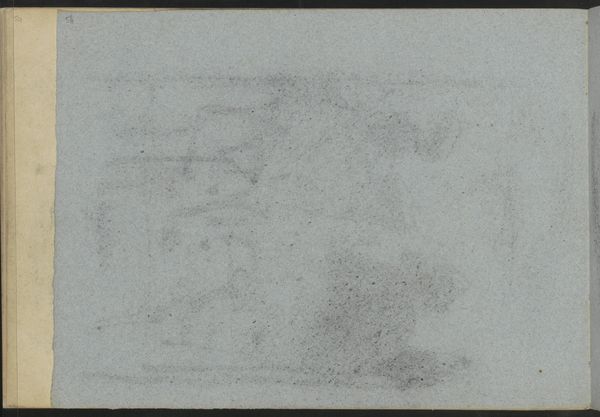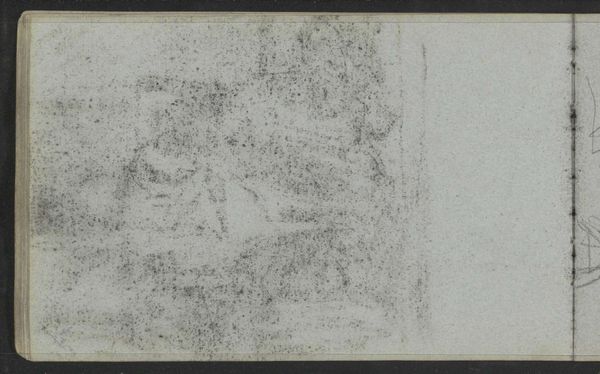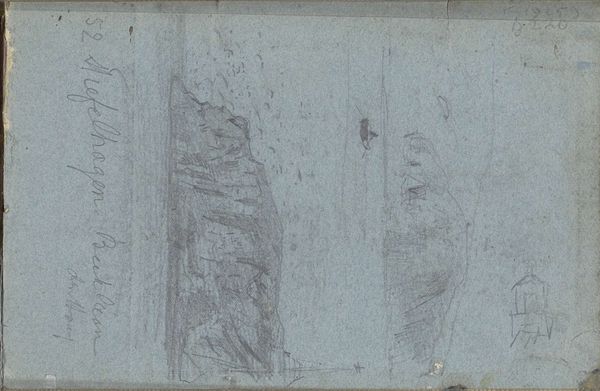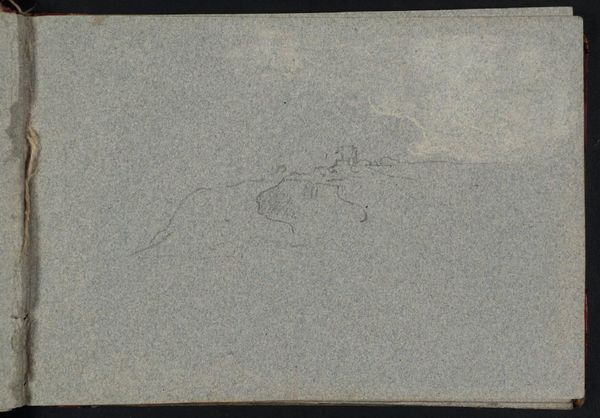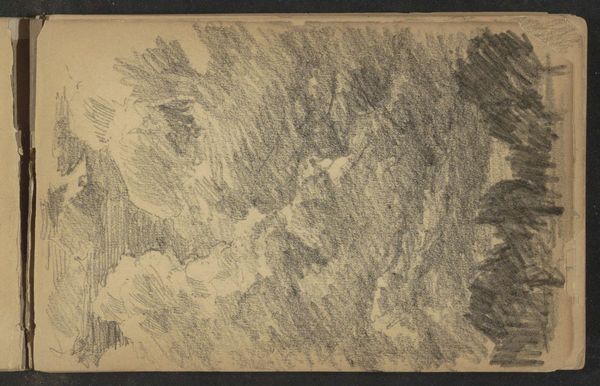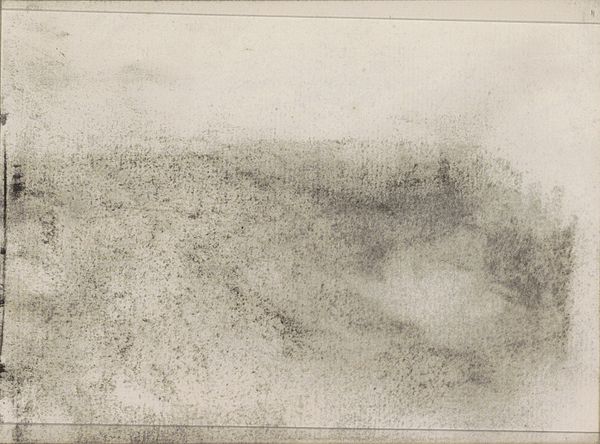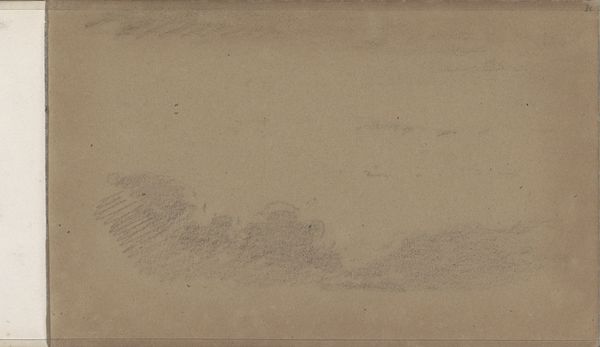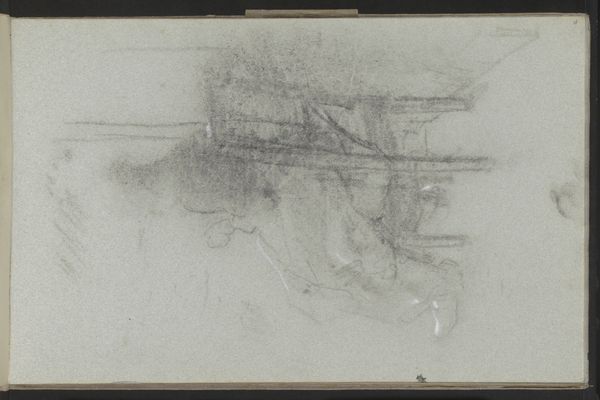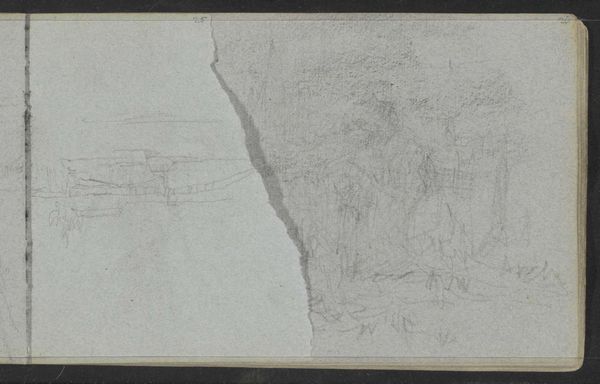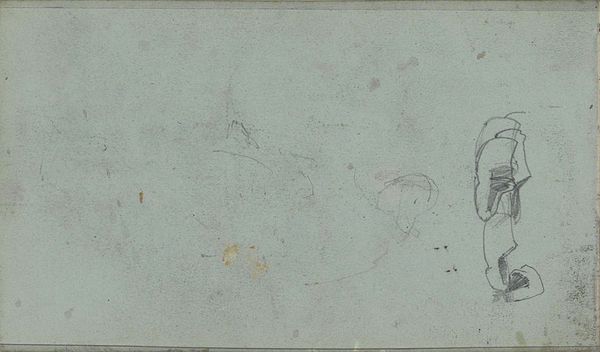
Gezicht op het Russische station te Malye Karmakuly, Nova Zembla 1880 - 1886
0:00
0:00
drawing, pencil
#
drawing
#
landscape
#
pencil
#
realism
Copyright: Rijks Museum: Open Domain
Editor: Here we have Louis Apol's pencil drawing, "View of the Russian Station at Malye Karmakuly, Nova Zembla," created sometime between 1880 and 1886. The landscape feels incredibly stark and remote. What draws your attention when you look at this piece? Curator: Immediately, I'm struck by how Apol uses the near-monochrome palette to emphasize the harsh environment. Notice how the almost skeletal station buildings are dwarfed by the land itself, perhaps echoing the fleeting and vulnerable nature of human endeavor against the face of immense natural forces. Does the work provoke thoughts of the Arctic expeditions of that era and the fraught ambitions and perils involved? Editor: It does. It makes me wonder about the specific symbolic weight of this station, located in such a remote place. Was this outpost related to scientific exploration, or perhaps strategic claims? Curator: The station, rendered so fragile in Apol's drawing, stands as a signifier for both: The pursuit of knowledge in the "blank spaces" of the Arctic and the imperial desire to lay claim to uncharted lands. The image presents both the Enlightenment ideals and inherent colonialism that existed. In this sense, can the bleak palette also suggest the erasure of indigenous Arctic culture? Editor: That's a potent thought. The fragility really gets highlighted with the simple pencil strokes. Almost like the outpost could disappear into the landscape itself. Curator: The impermanence is a strong element. Pencil, a humble medium, speaks to transience, almost like a whispered warning. If these outposts are only temporary fixtures, then what lasting marks, psychological or otherwise, might these fleeting encounters leave on a place, on a people? What symbols or gestures are now forgotten? Editor: I hadn’t thought about the implications of Apol choosing pencil for this scene. I’m beginning to see the drawing is much more than just a depiction of a landscape. Curator: Exactly. Artworks are never truly just representations. They’re active sites where culture and history leave traces, challenging us to decode them.
Comments
No comments
Be the first to comment and join the conversation on the ultimate creative platform.

